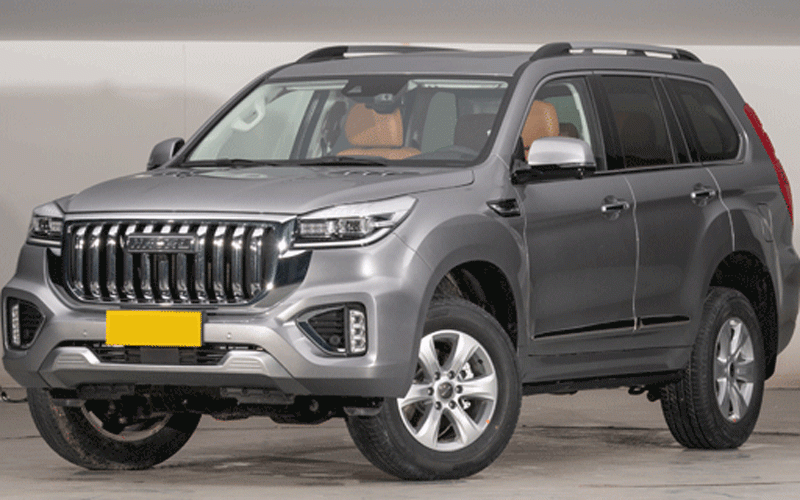
Many people are buying used/second hand cars because they can not afford expensive brand new cars.
It always carries risks, for someone who is buying a car for the first time.
There are so many things to consider.
After interviewing a number of car sales attendants, this article highlights factors one should consider.
One does not have to be well versed with engineering to spot some signs of potential problems.
The most important thing is to choose a car that you can afford rather than buying a car that you want.
You must be aware of the price range.
A car is expensive to maintain, choose a car that won't compromise your financial security especially in these hard times.
- What to look out when buying used car
Keep Reading
Research common problems of the model you intend to buy, via the internet.
Before going for a drive test look for the general outlook.
Look for the bodywork to see if the car has not been involved in a serious accident, if it doesw not have scratches, dents and corrosion.
Check shock absorbers by pushing down hard on the body at the corners, the car must rebound once.
Inside the car check the mileage if the numbers are out of line, it means it has been altered.
Also check if the mileage is corresponding with the general condition of that car.
Wear marks on the gear lever indicate that it may have done more than 100 000 kilometres.
Worn brake pedals shows that the car has travelled a lot.
Note: it is important to look under the carpet between front and back doors for signs of welding or repair.
Open the bonnet look for oil leaks, at times if the engine is sparkling clean there is a cover up for leaks.
Turn on the engine leave it idling, listen to the noise coming from the engine, whistling may be caused by a loose belt, rattling and knocking noises indicate excessive wear.
Drive-test the car for at least 10 kilometres to find out if it does not have problems like rising temperature.
Check for wheel wobble and drive over a few potholes to test suspension.
If the car is a manual gearbox, check the clutch slip by driving up a hill in top gear and also for synchromesh (change down).
Lastly, write down all the defects, which you found so that if you are interested inbuying the car ask the dealer to fix the problems or negotiate the price downwards.
It always carries risks, for someone who is buying a car for the first time.
There are so many things to consider.
After interviewing a number of car sales attendants, this article highlights factors one should consider.
One does not have to be well versed with engineering to spot some signs of potential problems.
The most important thing is to choose a car that you can afford rather than buying a car that you want.
You must be aware of the price range.
A car is expensive to maintain, choose a car that won't compromise your financial security especially in these hard times.
Research common problems of the model you intend to buy, via the internet.
Before going for a drive test look for the general outlook.
Look for the bodywork to see if the car has not been involved in a serious accident, if it doesw not have scratches, dents and corrosion.
Check shock absorbers by pushing down hard on the body at the corners, the car must rebound once.
Inside the car check the mileage if the numbers are out of line, it means it has been altered.
Also check if the mileage is corresponding with the general condition of that car.
Wear marks on the gear lever indicate that it may have done more than 100 000 kilometres.
Worn brake pedals shows that the car has travelled a lot.
Note: it is important to look under the carpet between front and back doors for signs of welding or repair.
Open the bonnet look for oil leaks, at times if the engine is sparkling clean there is a cover up for leaks.
Turn on the engine leave it idling, listen to the noise coming from the engine, whistling may be caused by a loose belt, rattling and knocking noises indicate excessive wear.
Drive-test the car for at least 10 kilometres to find out if it does not have problems like rising temperature.
Check for wheel wobble and drive over a few potholes to test suspension.
If the car is a manual gearbox, check the clutch slip by driving up a hill in top gear and also for synchromesh (change down).
Lastly, write down all the defects, which you found so that if you are interested inbuying the car ask the dealer to fix the problems or negotiate the price downwards.











